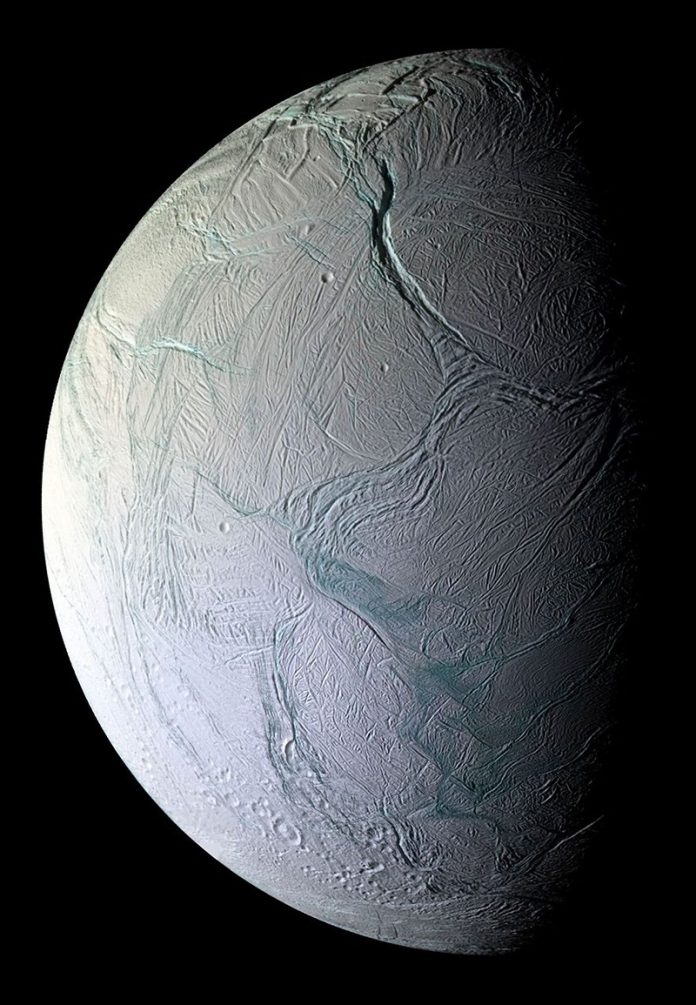
Life may not need sunlight to survive—not even on Mars or the icy moons of the outer solar system.
A new study from NYU Abu Dhabi suggests that cosmic rays, which are high-energy particles from space, could provide the energy needed to support life deep beneath the surface of planets and moons.
Traditionally, scientists have looked for life in places where there’s sunlight or volcanic heat.
But this new research challenges that idea. Led by Dimitra Atri, head of the Space Exploration Laboratory at NYUAD’s Center for Astrophysics and Space Science, the study shows that cosmic rays could power tiny life forms in cold, dark environments where no sunlight reaches.
When cosmic rays hit underground water or ice, they break water molecules apart and release electrons.
Some bacteria on Earth are able to survive by using these electrons for energy. This process is called radiolysis.
Unlike plants that rely on sunlight for photosynthesis, these bacteria thrive in deep caves or underground rocks.
The study suggests that similar life could exist in other places in the solar system using the same process.
To explore this idea, the researchers ran computer simulations to see how much energy could be produced through radiolysis on Mars, as well as Jupiter’s moon Europa and Saturn’s moon Enceladus.
All of these worlds are known or believed to have water hidden under their surfaces, making them interesting candidates for life.
Among the three, Saturn’s moon Enceladus came out on top as the most promising for supporting life in this way.
Mars came next, followed by Europa. These findings suggest that life could potentially exist not just on planets in the “Goldilocks Zone”—the region around a star where liquid water can exist on the surface—but also deep below the surface of much colder worlds.
Atri and his team introduced the idea of the “Radiolytic Habitable Zone.” Instead of focusing on surface temperatures and sunlight, this concept focuses on places with underground water that could be energized by cosmic rays. Since cosmic rays travel through space and can reach underground environments, this could expand the search for life to many more places than previously thought.
The study offers new directions for future space missions. Rather than just looking for signs of life on the surface of Mars or icy moons, scientists might start exploring what’s happening underground.
With the right tools, they could look for chemical energy from cosmic radiation that might be supporting microbial life.
This research opens up exciting new possibilities. It suggests that even the darkest, coldest corners of our solar system might not be lifeless after all.
Source: New York University.



